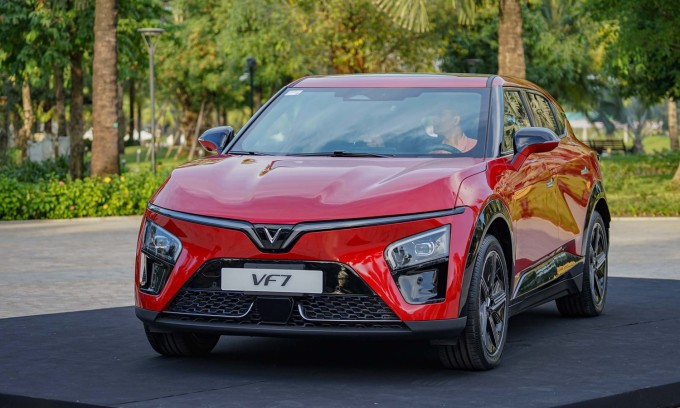Vietnam needs $11B to meet increasing EV charging needs: World Bank
That will partly help the country achieve its “ambitious” goals, which include raising the share of urban vehicles powered by electricity or green energy to 50%, according to a report the bank released Friday.
The country also targets increasing the share of all road vehicles powered by electricity or green energy to 100% by 2050.
Bowen Wang, a sustainable transport specialist at the bank, estimated Vietnam would need 12 million electric motorbikes and four million electric cars between 2024 and 2035.
Between 2036 and 2050, when it targets 100% EV adoption, the demand for electric cars will soar to 51 million, he said.
To expand the charging network, the country will need to invest $2.2 billion by 2030, rising to $32.6 billion by 2050.
The report pointed out that Vietnam’s 150,000 EV charging ports now are primarily located in apartment complexes, shopping centers, parking lots, and gas stations, and the charging infrastructure along highways remains limited.
Increasing investments in charging stations in these areas would provide greater assurance to users who are considering EVs as their main mode of transport, it said.
Another critical pillar is the electricity supply. Electric vehicle charging activities will raise electricity consumption and peak demand to far higher levels than current projections in the national power development plan.
This means Vietnam will need to invest up to $9 billion in the power sector by 2030.
From 2031 to 2050 it will require an average annual investment of $14 billion to produce additional electricity and expand the grid beyond the government’s current estimates.
The goal, if met, will reduce CO2 emissions by 5.3 million tons by 2030 and 226 million tons by 2050.
This will prevent $6.4 billion in environmental damages due to air pollution by 2050.
Mariam J. Sherman, World Bank country director for Vietnam, Cambodia and Laos, said: “Decarbonizing transport with electric vehicles is a complex undertaking, and Vietnam’s commitment is a crucial first step.”
Success hinges on collaboration, and government ministries, investors and citizens must work together to reshape the vehicle market, mobility patterns and energy consumption, she said.


Comments are closed.